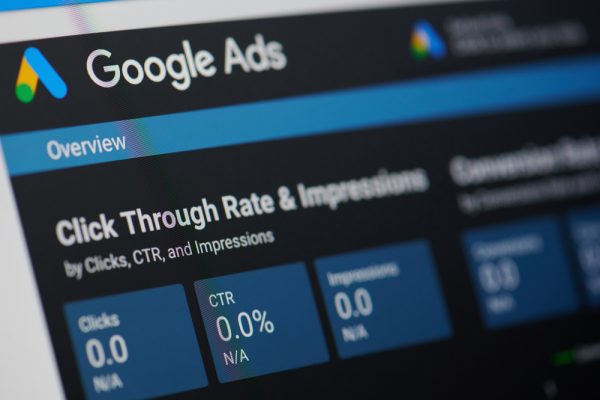Shopping Ads
Shopping Ads are a powerful tool for e-commerce businesses. These PPC ads showcase products directly on search engines with images, prices, and descriptions. Unlike traditional text ads, shopping ads provide users with detailed information about the product before they even click on the ad. This transparency often leads to higher conversion rates, as users are more informed about what they’re purchasing.
By leveraging shopping ads, businesses can attract potential buyers who are specifically looking for products similar to theirs. These ads offer several benefits:
- They appear prominently on search engine results pages, making them highly visible to users.
- They provide detailed product information, helping to build trust and credibility.
- They target users who are actively searching for products, increasing the likelihood of driving sales.
Video Ads
Video Ads are an engaging way to reach a vast audience on platforms like YouTube. With 2 billion monthly active users, YouTube offers unparalleled reach, making it a great starting point for video advertising. Video ads can capture attention more effectively than text or image ads, providing a dynamic way to communicate a brand’s message.
Benefits:
- High engagement and retention rates
- Strong storytelling potential
- Versatile placement options
Example: A tech company can use video ads to demonstrate the features and benefits of their latest gadget, capturing the attention of tech enthusiasts on YouTube.
Video advertising can take various forms, including skippable in-stream ads, non-skippable ads, bumper ads, and more. Each format has its unique advantages, allowing businesses to choose the type that best suits their goals. By leveraging the power of video, businesses can create memorable and impactful ads that stand out in a crowded digital landscape.








